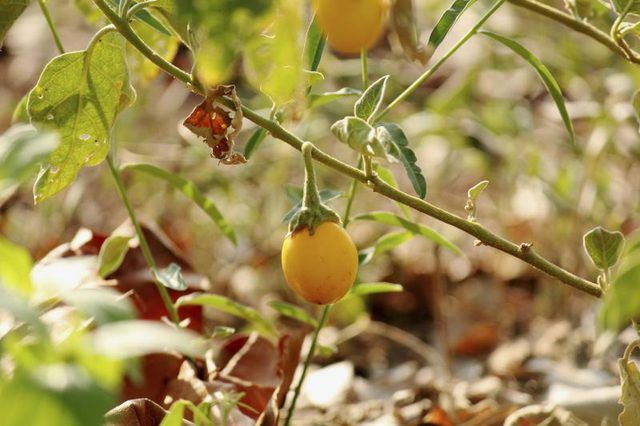Bulbs
Flower Basics
Flower Beds & Specialty Gardens
Flower Garden
Garden Furniture
Garden Gnomes
Garden Seeds
Garden Sheds
Garden Statues
Garden Tools & Supplies
Gardening Basics
Green & Organic
Groundcovers & Vines
Growing Annuals
Growing Basil
Growing Beans
Growing Berries
Growing Blueberries
Growing Cactus
Growing Corn
Growing Cotton
Growing Edibles
Growing Flowers
Growing Garlic
Growing Grapes
Growing Grass
Growing Herbs
Growing Jasmine
Growing Mint
Growing Mushrooms
Orchids
Growing Peanuts
Growing Perennials
Growing Plants
Growing Rosemary
Growing Roses
Growing Strawberries
Growing Sunflowers
Growing Thyme
Growing Tomatoes
Growing Tulips
Growing Vegetables
Herb Basics
Herb Garden
Indoor Growing
Landscaping Basics
Landscaping Patios
Landscaping Plants
Landscaping Shrubs
Landscaping Trees
Landscaping Walks & Pathways
Lawn Basics
Lawn Maintenance
Lawn Mowers
Lawn Ornaments
Lawn Planting
Lawn Tools
Outdoor Growing
Overall Landscape Planning
Pests, Weeds & Problems
Plant Basics
Rock Garden
Rose Garden
Shrubs
Soil
Specialty Gardens
Trees
Vegetable Garden
Yard Maintenance
Why Is the Fruit of My Eggplant Turning Yellow?
Why Is the Fruit of My Eggplant Turning Yellow?. Among the endless surprises that can await when you're growing vegetables is the sight of yellow eggplants (Solanum melongena) in your garden. This phenomenon can be explained by a few things, including incorrect identification, insects and disease. The key to determining what is causing the fruits...

Among the endless surprises that can await when you're growing vegetables is the sight of yellow eggplants (Solanum melongena) in your garden. This phenomenon can be explained by a few things, including incorrect identification, insects and disease. The key to determining what is causing the fruits on your eggplant to yellow is to look at the other symptoms on the plant. Eggplants are usually treated as annual vegetables, but can be grown as perennials in U.S. Department of Agriculture plant hardiness zones 9 through 12.
Switched at Birth
If eggplant seedlings you bought were poorly labeled, their "problem" may not be a problem at all. Some eggplant varieties are yellow at maturity, rather than the familiar purple of the common American types. The small, round "Easter Egg" is a cultivar of white eggplant that turns yellow at its ripest -- though it's best to pick it at its earlier, white stage. "Thai Yellow Egg," on the other hand, is ripe when it turns yellow. "Gbogname" is an African type that is green and yellow when mature.
Evil Weevils
As an eggplant predator, the pepper weevil can cause yellowing of both the fruits and the flower buds. This can cause either part of the plant to drop off. To prevent weevil infestations, it's helpful to weed some of the other plants known to host pepper weevils, which include peppers (Capsicum annuum), as well as tomatoes (Lycopericon esculentum) and potatoes (Solanum tuberosum). Once eggplant season is over, don't turn the spent plants into the ground. Instead, pull them and dispose of them to rid the garden of weevil eggs that would hatch the following year.
Vexing Viruses
The viral plant disease known as spotted wilt virus can show up on eggplants in the form of yellow rings. It's spread by thrips, tiny flying insects that feed on plants. The best way to discourage large thrips populations near your eggplant patch is to destroy nearby weeds. Weeds can act as host plants for thrips when they are not feeding on your eggplants. When eggplant season is over, pull up and destroy the plants to remove overwintering eggs.
Pinpointing the Problem
If you are unsure of what variety you are growing, the yellowing fruit could either be a sign of ripeness or over-ripeness. White egg types are best picked at the white stage and allowed to ripen off the vine. If the eggplants look yellow on the plant but have lost their shine, chances are they are overripe. Weevil-ridden eggplant fruits may have markings and holes on the surfaces, along with the yellowness, or become misshapen as they grow. When spotted wilt virus is the culprit, the yellowness will normally be confined to halos, or rings, and the tips of the fruit may turn black.